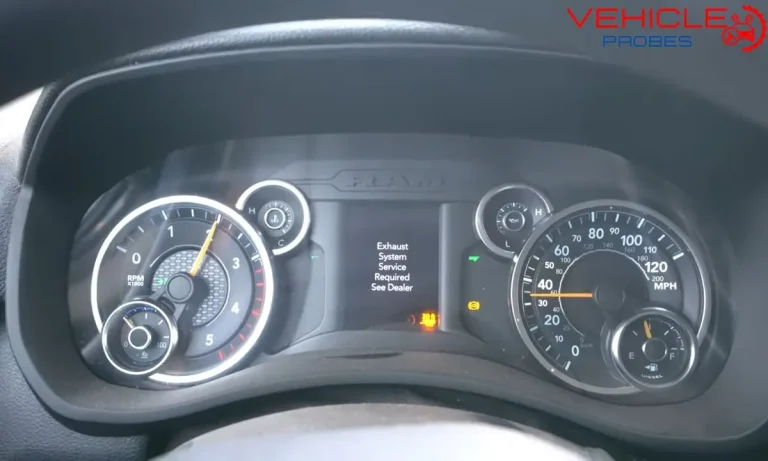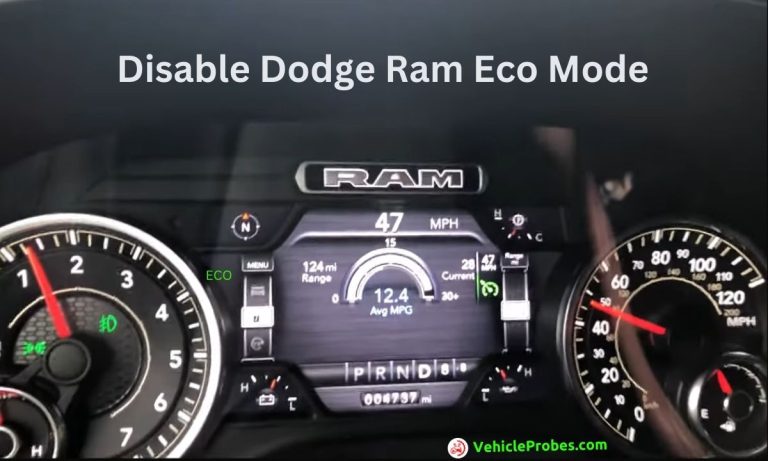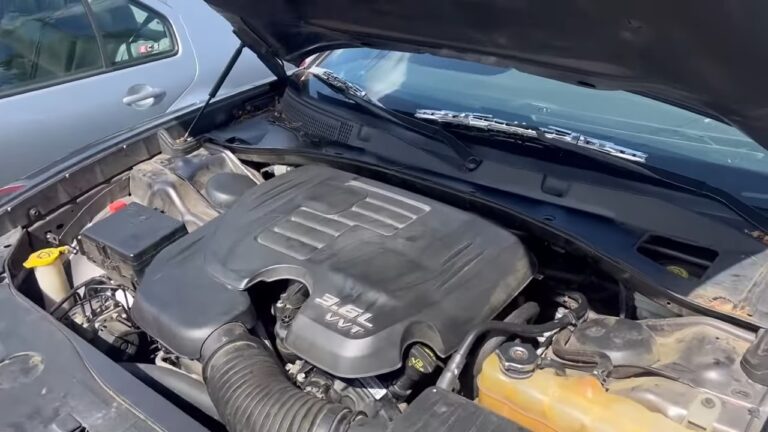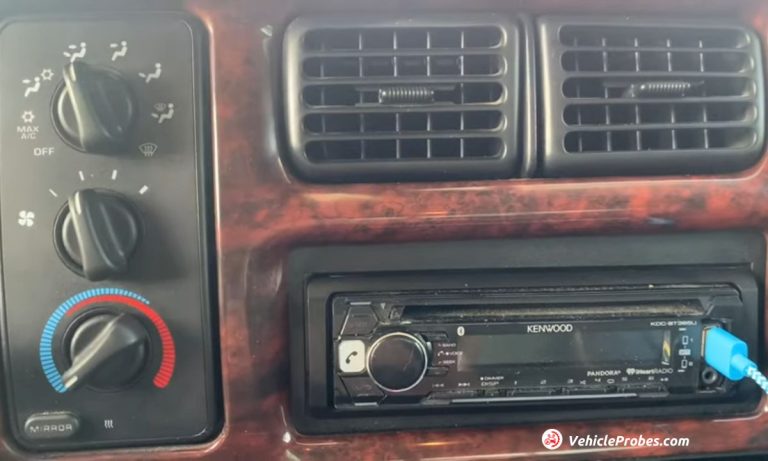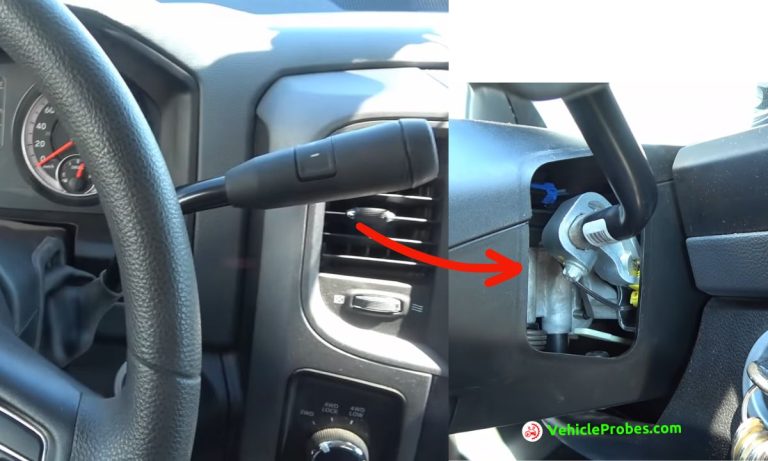Common Dodge Ram Climate Control Problems: Diagnoses and Solutions

Do you spend hours inside your Dodge Ram cabin and proper functioning of the Dodge Ram climate control system is crucial for your comfort? Well, you are not alone. The climate control system is an important feature of the Dodge Ram passenger cabin. However, things can get ugly when problems start occurring in this system.
The common climate control problems that 2006, and 2008 Dodge Ram are facing include refrigerant leaks, a block in the orifice tube, a faulty compressor, etc. The 2010, 2014, 2016, and 2019 Dodge Ram also have to deal with the same difficulties. Other common Dodge Ram problems include a fault in the blower motor, heater core, blend door actuator, or thermostat issues. Nevertheless, these problems can easily be diagnosed using an OBD scanner tool and fixed by replacing the defective component.
Common Dodge Ram Climate Control Problems
It can be irritating when your Dodge Ram climate control not working. The climate control problems in your Dodge Ram can go both ways, be it warm air coming out of the vents when you turn the air-conditioning on, or lack of warm air when you turn the heating system on. Let’s look at these common Dodge Ram climate control problems in detail.
1. The AC isn’t working
The most common Dodge Ram issue is the lack of cool air from the AC vents. This can be extremely problematic during hot temperatures when cold is desperately needed. This problem can occur due to various factors.
- Refrigerant Leak: Since the refrigerant cools the air, a leak of the refrigerant keeps the air at room temperature. This makes the AC system useless and normal room-temperature air is blown out of the vents. The refrigerant needs to be refilled if it leaks and the cause of the leak should also be considered because if it is due to a defective component, the component should be repaired, or replaced.
- A Block in the Orifice Tube: The orifice tube helps the refrigerant to flow through the AC system. When there is a block in this tube, the refrigerant flow is affected hindering the proper cooling of air. As time passes, and this blockage is not fixed, it can get worse. Sometimes, when the clogging is new, the AC will continue working normally which fails to indicate an issue in the AC system. The problem will gain your attention when it progresses, and the AC stops working. For this reason, regular service of the air-conditioning system of your truck is required.
- Faulty Compressor: The fundamental component of the HVAC system in your truck is the compressor. It cools the air prior to it reaching the vents. It carries out this process with the condenser as its right hand. The HVAC system cannot function if the compressor or the switch that regulates it malfunctions.
2. The Heater Isn’t Working
In cold temperatures, a heater becomes a necessity for your Dodge Ram passenger cabin. It is deadly cold, and troublesome when the heater isn’t working in freezing temperatures. But what causes the heaters to suddenly lose their efficiency?
- Malfunctioning Heater Core: The heater core is essentially a small radiator located inside the dashboard of your Dodge Ram. Its job is to transfer heat from the coolant in the engine to the air that will be blown into the truck’s cabin. When this heater core malfunctions, the heat can no longer be transferred, and the cabin’s temperature cannot be regulated because the heater fails to work.
- Faulty Blower Motor: The primary function of the blower motor is to circulate air through the heating system and into the cabin. If the blower motor fails, there will be little to no airflow coming out of the vents, regardless of whether the heater core is functioning properly. This is why when the blower motor is faulty, the heater doesn’t seem to work.
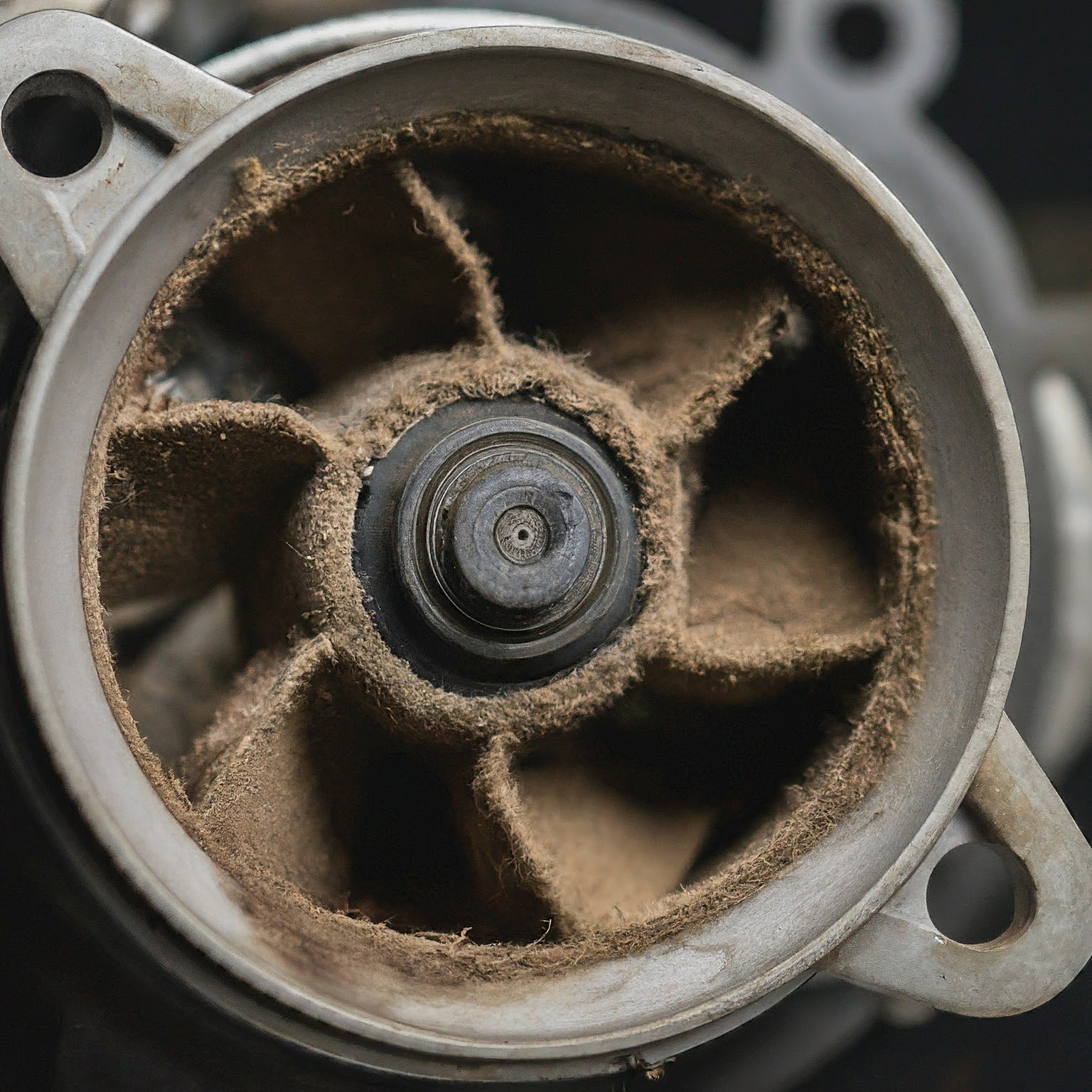
- Malfunctioning Blend Door Actuators: The blend door actuators control the opening and closing of the blend door. This helps manage the mix of hot and cold air to achieve the desired temperature in the Dodge Ram cabin. When the blend door actuators malfunction, the blend doors fail to open and close at the required time. This causes the airflow to be disrupted through the heater core, and the air at an undesired temperature might come out of the vents.
3. Clogged Air Filter
The air filter works by filtering out the air before it passes out the vents. It clears the air of dust and other debris. This causes the dust particles to collect on the air filter itself, causing the air filter to become clogged, unless it is cleaned regularly. A blockage in the air filter won’t allow the air to pass through and the climate control system will fail to work.
How to Diagnose and Fix the Dodge Ram Climate Control Problems?
The Dodge Ram’s climate control problems can be complex. Tonnes of causes can be behind your malfunctioning climate control system, and they would be tough to solve unless you diagnose them. The underlying cause can be as big as an entire defective blower motor or as small as a loose wire.
Diagnose the issues of Climate control
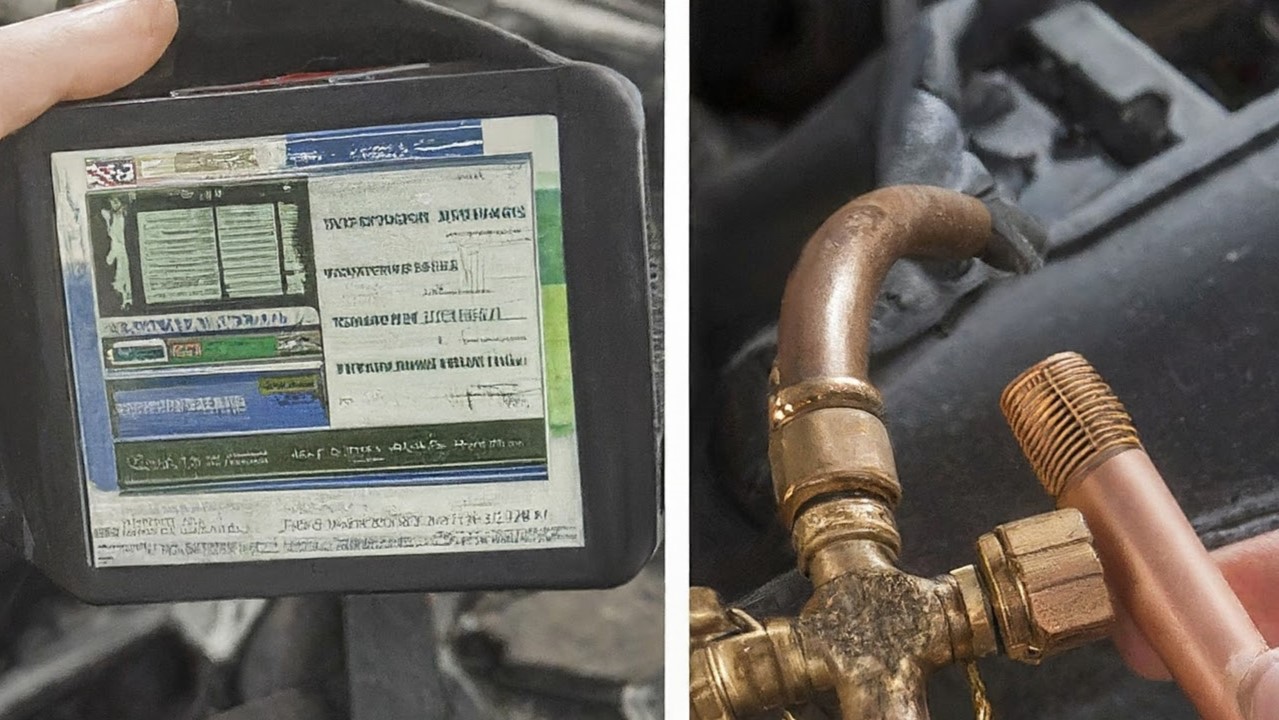
OBD Scanner
To diagnose the main cause of Dodge Ram climate control not working, an OBD-II scanner is normally used. It functions to show an OBD trouble code. Every component has its own code, hence, locating the problem becomes easy with this tool.
Soap and Water
The refrigerant pipes in your Dodge Ram are built using copper and can get worn out over time causing leaks. A mixture of soap and water when applied to these refrigerant lines with the help of a sponge can help find the leaks. You will notice bubbles forming where the leaks are present.
How We Can Fix It?
Component Replacement
When you discover the faulty component with the help of the OBD scanner diagnosis, it is time to fix it. If the component is damaged beyond repair, it needs to be replaced. Replacing a climate control system parts, be it a heater core, a blower motor, defective wires, or any other important element can be complicated. It is better to visit a dealer and get the component replaced so that it is done professionally, and with specificity. Secondly, refrigerant is dangerous for humans, and if its fumes are inhaled, they can be extremely harmful to the body.
Use of Sealant
A component in the air conditioning system of your Dodge Ram that is slightly defective causing a leak of the refrigerant can be fixed using a sealant. A sealant can easily be found at your nearest car shop and needs to be applied externally. When you are done applying the sealant, make sure to carry out the soap and water test once more. This helps determine any remaining leaks so that you can fix them then and there.
Resetting the Dodge Ram Climate Control
Resetting your Dodge Ram climate control is not a difficult process, and you can easily carry it out yourself. First, set your fan to the lowest setting that will go. Next, hold the temperature control button for a few seconds, let’s say about 10 seconds. Gently release the button and repress it for the button’s light to flash. The flashing light indicates that your Dodge Ram’s climate control settings are reset.
Preventative Maintenance: How can I maintain the climate control system to avoid future issues?
The climate control system can have issues occurring from time to time until they start getting on your nerves. Even though the problems are solvable if they are big enough to require component replacement, a few hundred dollars will be lost from your pockets in a jiffy. To prevent this, there are certain maintenance tips that you can follow.
1. Check the Air Filter
Routine checks of your air filter can prevent problems like obstructed airflow or dusty air coming out of the vent. Since the air filter functions to clean the air, it accumulates debris in the process. Regularly checking and cleaning your air filters can prevent excess dirt buildup on them, and keep them in a good working condition for longer time periods. If during your routine check you notice that the air filters are rusty or in an uncleanable state, make sure to replace them timely.
2. Cleaning the Temperature Sensor
The temperature sensor is a sensitive component of the Dodge Ram climate control system. It is located on the front external side of the truck to monitor the temperature outside, although its exact location may differ depending on the Dodge Ram model. Its sensitivity can be affected by something as minor as dust accumulation around it. For this reason, keeping the area around the temperature sensor clean is extremely important. You can use a gentle clean cloth to wipe the area around it free of dust so that the temperature sensor continues working in good condition.
3. Avoid Extreme Temperature Settings
It is a normal practice to switch the temperature setting to extreme low or extreme high depending upon the surrounding climate. It may seem like a necessity but if carried out regularly, these settings can be damaging to your Dodge Ram’s climate control system as they excessively stress out the system. Therefore, it is advisable to refrain from this activity.
4. Refrain From Regularly Turning On the Defrost Setting
Even though it might seem like you are doing your Dodge Ram a favor by regularly using the defrost setting, and clearing the system of ice, you are actually not. Excessive use of this setting causes your Dodge Ram climate control problems. This is because the truck goes under heavy strain when this defrost setting is used. Unless your air-conditioning system is filled with ice, it is best not to go for a defrost setting. Nevertheless, using it sparingly, when necessary, is okay for the climate control system.
Also Read:
Wrap Up
In conclusion, the Dodge Ram climate control system can face various problems ranging from a fault in the heater core, compressor, blower motor, or blend door actuator to a leaking refrigerant. Diagnosis of the issues can be carried out using an OBD scanner or the soap-water mixture so that it can be taken care of at the right time. Replacement of the damaged elements and repair of slightly affected climate control system parts is the way to fix these problems. However, instead of dealing with these issues, it is better to take preventive measures like checking the air filter and temperature sensor, as well as avoiding the excessive use of defrost settings or extreme temperature settings.

